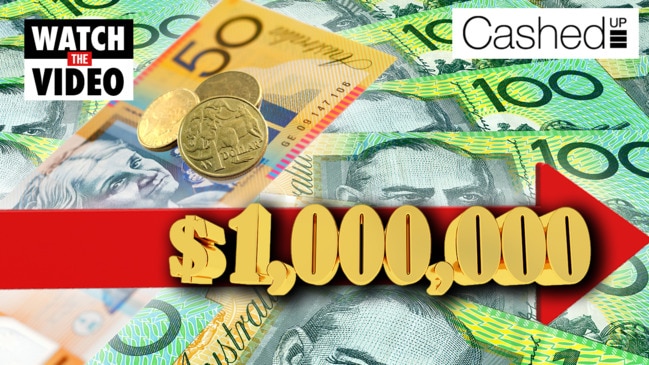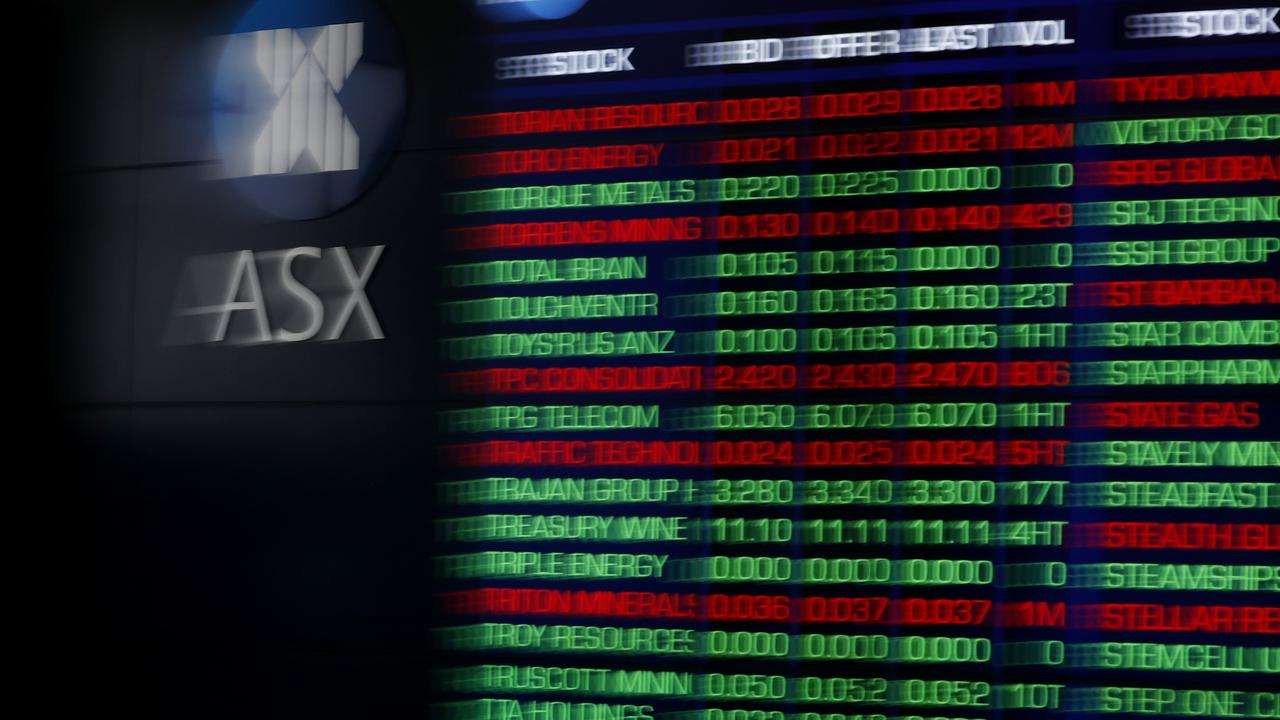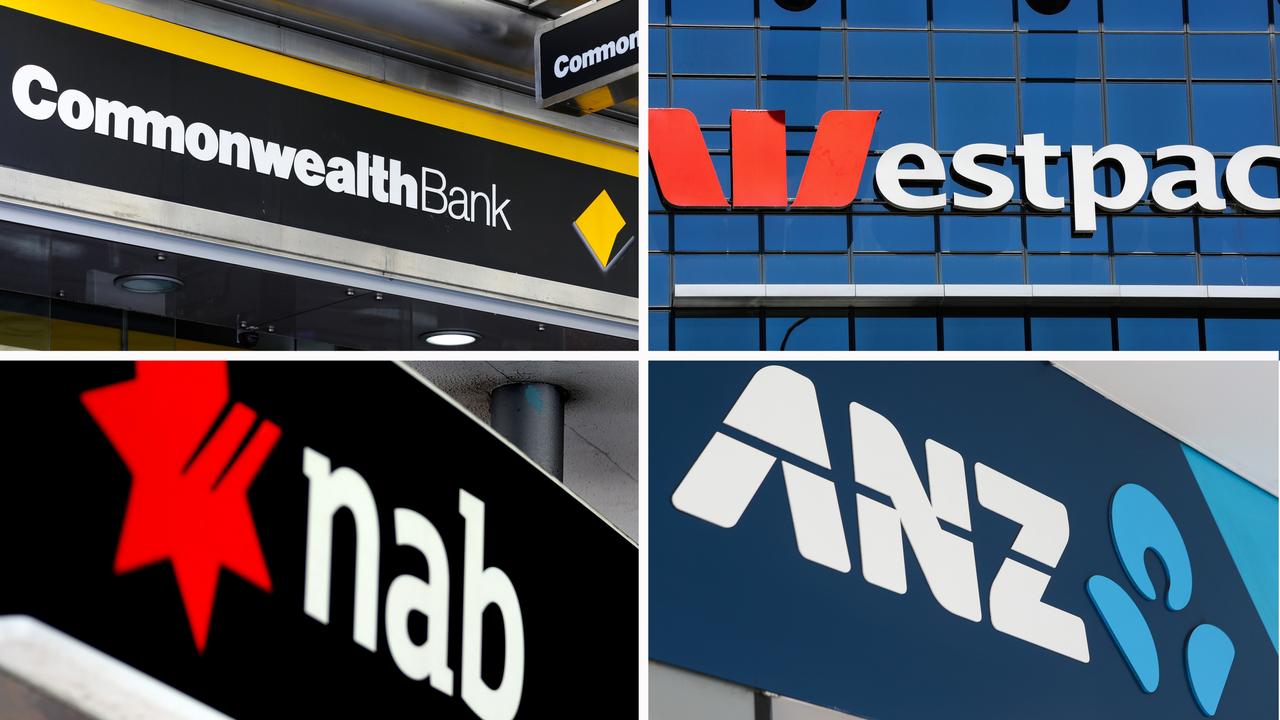‘Very effective’ way for Aussies to invest $260 billion in savings
Aussies have a whopping $260 billion in savings and a financial advisor says there’s a “very effective” way to invest it. There’s just one big obstacle.

Over the last couple of years, Aussie households have saved at record rates and collectively built their personal war chests to a whopping total of over $260 billion, as estimated by CBA.
This sounds like (and is) a great thing, but it does create a challenge – what do you do with all this cash?
A big driver of this record household saving has been the fact the Covid pandemic caught most people a little unprepared. With job security at risk, uncertainty around the future, and changing dynamics of what we feel is important and how we want to live and work, we collectively realised we needed more of a cash safety net behind us.
Fast forward to today and many Aussies took the opportunity of ongoing lockdowns and the inability to travel to stash away some serious cash. As your savings balance grows, along with it comes the niggling thought that your money should be working harder for you.
But after putting in the work to build a solid nest egg, the fear of making the wrong move also increases. Saving isn’t easy, and you don’t want to do something dumb that puts all that hard work at risk.
So what are the smart moves to get your cash working harder for you?
Buy ETFs, shares, or managed fund investments
ETFs, shares, or managed funds have an expected long term return of around 8.8 per cent according to the ASX long term investment report, which is significantly higher than the current return on cash of around 0.5 per cent.
So, as long as you make good investment choices this option should have your money working much harder for you than sitting in cash at the bank.

Another positive about shares and ETFs is that they pay out income in the form of dividends, with Australian shares in particular paying an average dividend return of around 4 per cent, which in itself is higher than the return you receive on cash.
But the risk that comes with these investments is the ups and downs (volatility) of the market, where if there is a serious share market downturn your investments can potentially drop by close to 50 per cent or more.
Buy cryptocurrency and digital assets
No matter what your view is on cryptocurrency like bitcoin, it’s now impossible to ignore. We’ve seen investors make piles of money in this space over the last decade, and this growth has a definite appeal to our inner investor that wants to shoot the lights out and make big money fast.

But similarly to shares, crypto and digital assets come with volatility risk, and at a level much higher than shares and ETFs. But along with the volatility risk comes a range of other risks, including lack of income, platform risk, and the not insignificant risk of newer technology developments putting the value of crypto at serious risk.
Buy property
Property is something firmly in the sights of most Australian investors, and in my view a very effective way to grow your wealth. But off the back of the huge increases in property values over the last two years (25 per cent increase through 2021 alone) it’s increasingly challenging for buyers to enter the market.

The big advantage of property is that you combine borrowing with your existing savings to end up with an asset that’s of a much higher value than the amount of cash you’ve saved. Apart from the difficulty to get into the market, the downside of property is that it comes with the commitment of a mortgage, and the risk of rising interest rates and fluctuating property values.
This means that if you want to buy property, in particular in the current financial environment, you need to put a solid risk management plan in place.
Invest into start-ups
This one isn’t for the feint of heart, but I wanted to include it because start-up investing has grown in popularity over the last few years and is increasingly coming onto the radar of investors.
Start-up investments have the potential to experience exponential growth and create huge returns for investors. But the reality is that with the huge number of start-up companies compared to the much smaller number of true success stories, the odds are against you as a start-up investor.
The other big downside of start-up investing is that it’s often an investment journey that takes several years from early investment rounds until you can actually ‘cash out’ on your investment.
How to choose the right option to get your money working harder for you
The options above all have their advantages and disadvantages, and any or all of them might be right for you either now or in the future. But making the ‘best’ choice as opposed to a ‘good’ choice is something that will have a serious impact on your wealth bottom line for years to come.

To make the best choice for you, you need to look beyond just how much money you’ve saved that you’re looking to invest. You should of course look at your savings balance, but also how much you’re saving, what other assets and debts you have in place, what’s important to you, and how you think your situation might change in the coming years.
This way you can wrap everything together into a solid plan that will deliver the financial outcomes you want, but knowing that you’ve managed the risks and potential downsides of your investments.
You’ll also be able to effectively assess the impact of the different investment options above in terms of how they fit in with the financial future you want to work towards.
This approach has the added advantage of giving you confidence you have your bases covered, which in my experience is necessary to actually take the action needed to drive the results you want.
Ben Nash is a finance expert commentator, podcaster, financial advisor and founder of Pivot Wealth, and Author of the Amazon Best Selling Book ‘Get Unstuck: Your guide to creating a life not limited by money’.
Ben has just launched a series of free online money education events to help you get on the front financial foot. You can check out all the details and book your place here.
Disclaimer: The information contained in this article is general in nature and does not take into account your personal objectives, financial situation or needs. Therefore, you should consider whether the information is appropriate to your circumstances before acting on it, and where appropriate, seek professional advice from a finance professional.






